🚨 The Problem You’ve Probably Seen
A man collapses on a busy street. Dozens pass by. No one helps.
A woman is being harassed in a packed metro. People glance and look away.
“Why does no one step forward in moments like these—even when the crowd is large?”
This is the bystander effect—a strange but powerful psychological phenomenon where more people mean less help.
Let’s understand why it happens, what science says, and how you can rise above it.
🧠 What Is the Bystander Effect?
The bystander effect is a psychological theory that states:
When more people are present in a situation, individuals are less likely to help someone in distress.
It seems backwards, right? You’d think a larger crowd = more help. But often, it’s the opposite.
📚 Where It All Began: The Kitty Genovese Case
In 1964, a woman named Kitty Genovese was murdered outside her New York apartment. News reports said 38 people witnessed parts of the attack, yet no one intervened or called the police until it was too late.
This horrifying case led psychologists John Darley and Bibb Latané to study human behaviour in emergencies.
Their findings became the basis of the bystander effect.
🔄 Why It Happens: The Psychology Behind It
Here are the main reasons people don’t act in crowded situations:
1. ⚖️ Diffusion of Responsibility
The more people there are, the more we believe:
“Someone else will do something.”
Responsibility is spread thin in a crowd, so no one feels solely responsible.
2. 👀 Social Proof (Everyone’s Looking at Everyone)
In confusing situations, we look to others for cues on how to behave.
If everyone is doing nothing, we assume that’s the correct action, even if it feels wrong.
3. 😬 Fear of Judgment
People fear stepping in and being:
Embarrassed
Wrong about what’s happening
Blamed or mocked
So we stay silent—not out of cruelty, but out of fear of making a scene.
4. 😐 Dehumanisation in Crowds
In large, anonymous groups, people feel less personally connected to others. You’re just a face in the crowd, and so is the victim.
This emotional disconnection weakens empathy.
📍Real-Life Examples
A man lies injured after a bike accident. Dozens walk past. One finally helps.
A woman faints in a mall. People gather to stare but don’t assist.
A student is bullied in front of a class—no one steps in.
You’ve likely seen or experienced this.
The worst part? Most bystanders aren’t bad people—they’re simply unsure of what to do.
💡 How to Break the Bystander Effect
You don’t need to be a superhero. You just need to decide to act.
Here’s how:
✅ 1. Be the First to Respond
If you see someone in distress:
Ask “Are you okay?”
Call for help
Say, “I’ll handle this” to take charge
Once one person acts, others often follow.
✅ 2. Assign Responsibility
Instead of yelling “Somebody help!”, say:
“You in the red shirt—call an ambulance.”
Direct requests cut through the diffusion of responsibility.
✅ 3. Trust Your Gut
If something feels wrong, it probably is. Don’t wait for 10 others to confirm it. Act with courage and caution.
✅ 4. Educate Others
Talk about the bystander effect with friends, family, and especially children. The more aware people are, the more likely they’ll overcome it.
✅ 5. Join Civic or First Aid Training
Knowing how to respond—medically or legally—builds confidence and reduces hesitation.
🌍 Why It Matters
Bystander inaction contributes to:
Crime going unchallenged
Accidents turning fatal
Victims feeling abandoned
“The world doesn’t suffer because of the evil of a few, but because of the silence of many.” – Martin Luther King Jr.
If more people took one brave step, society would change.
📝 Final Thoughts: Be the One Who Acts
You don’t need to fix every problem in the world. But when you see someone in trouble, even acknowledging their distress matters.
We all hope someone will help us in our worst moment.
Let’s be that “someone” for someone else.


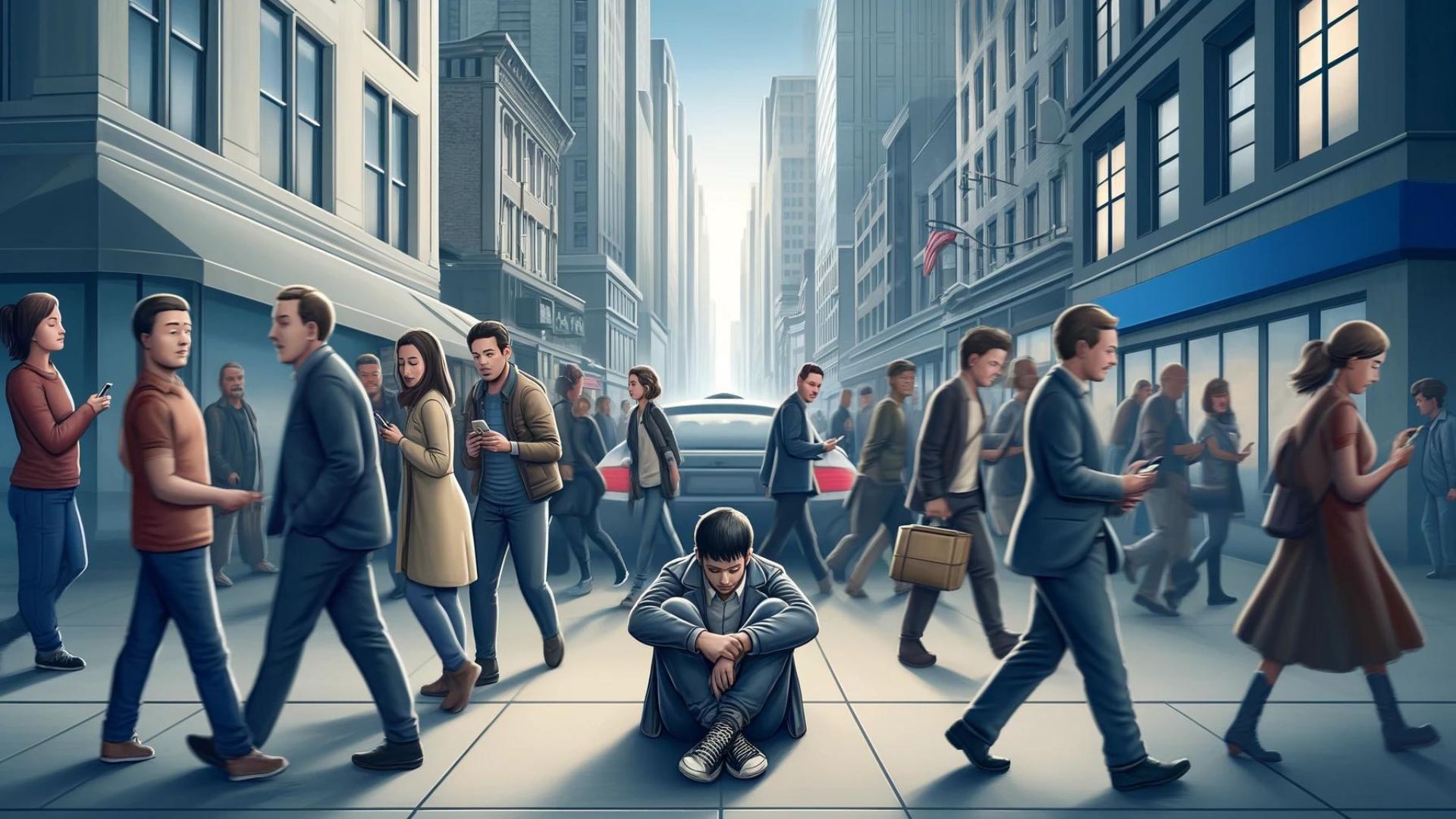
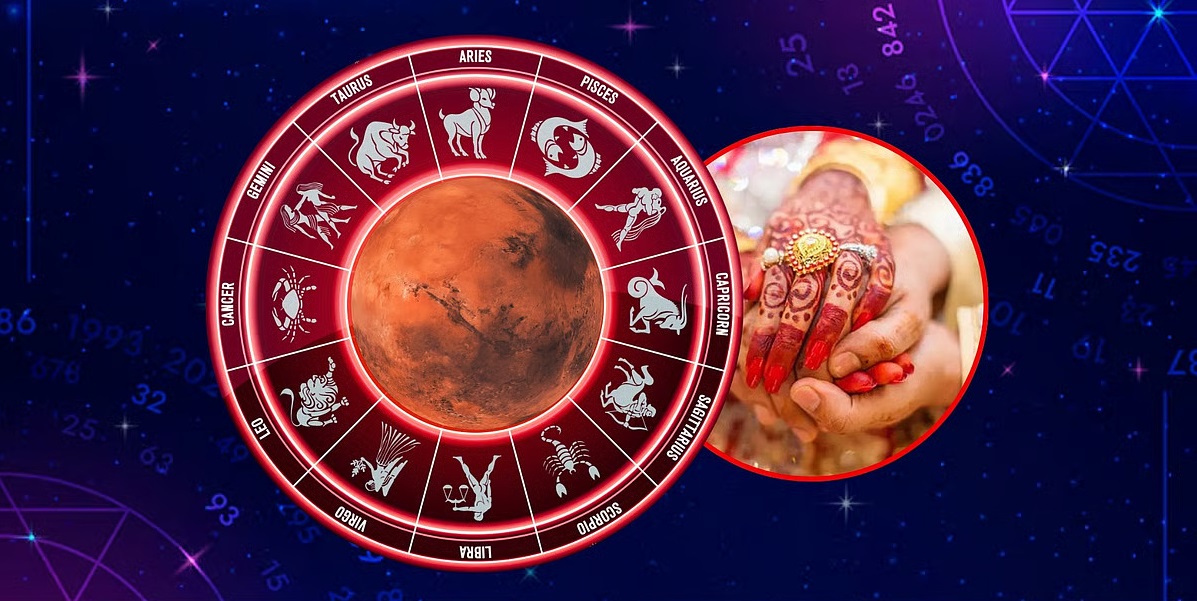
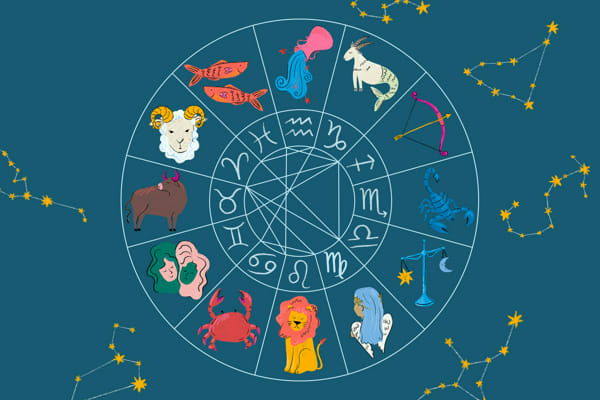

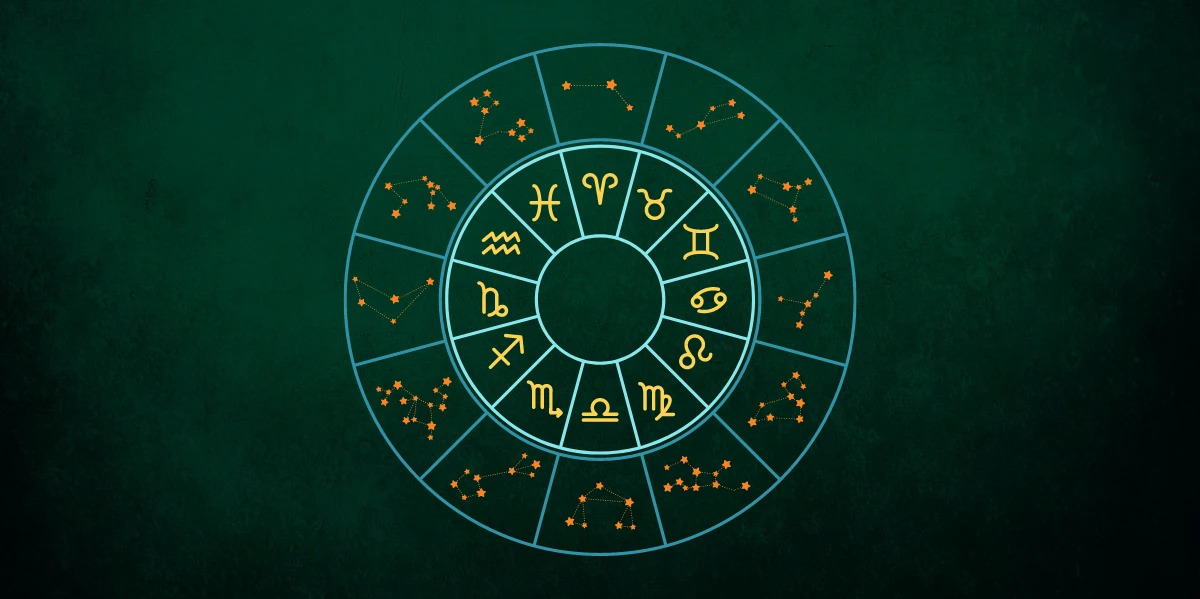




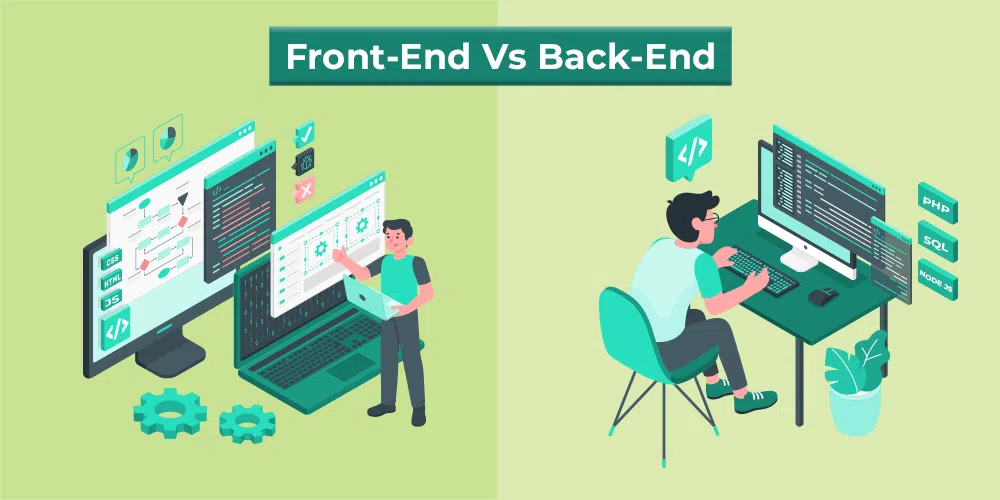
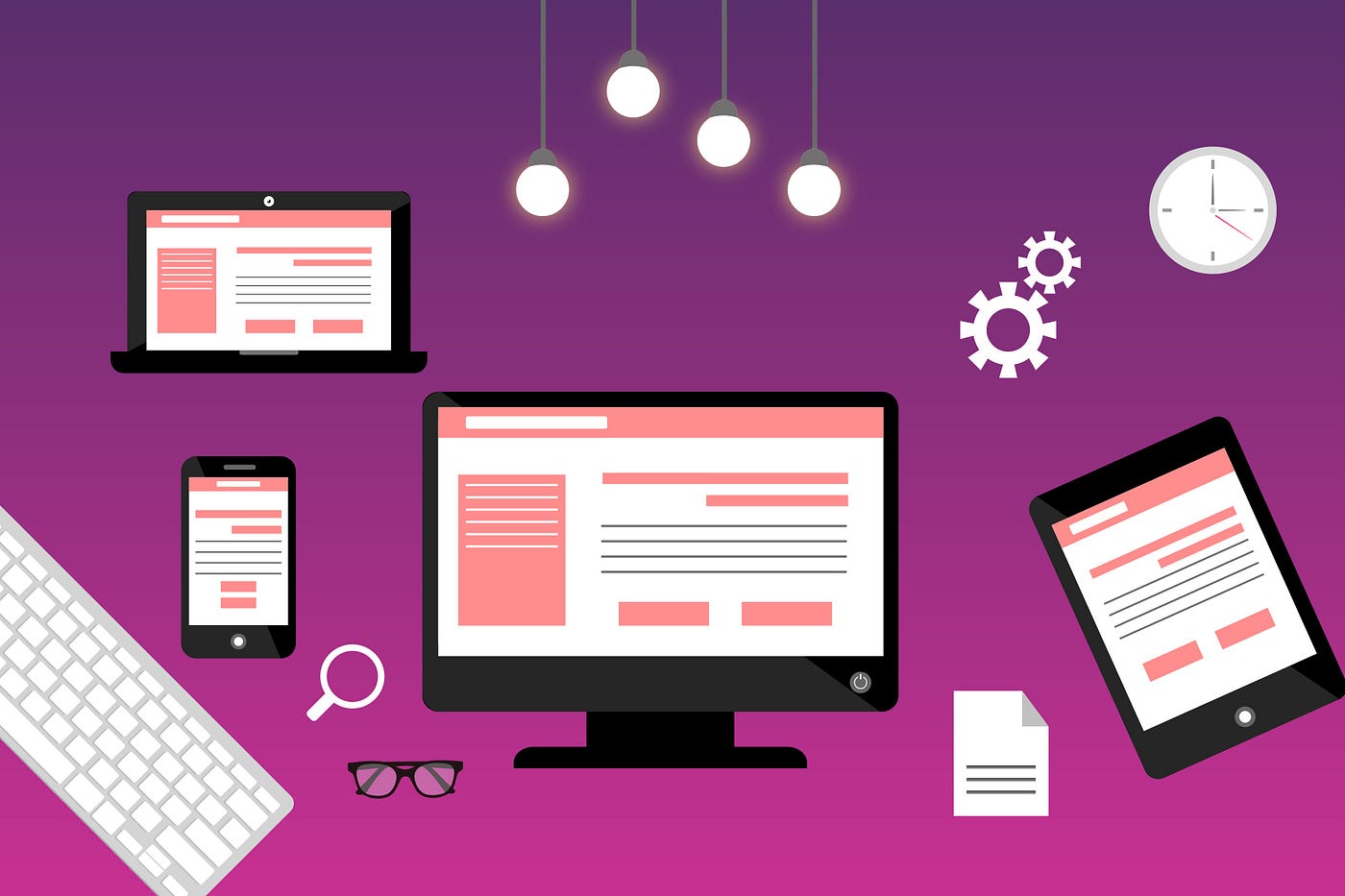
Recent Comments
No comments yet.